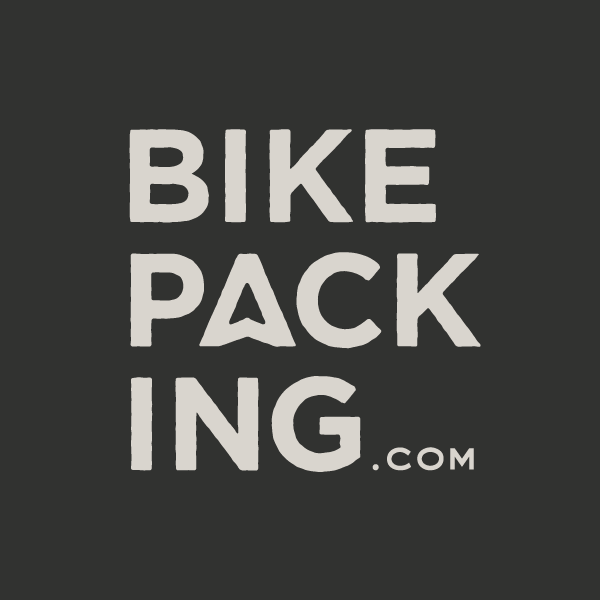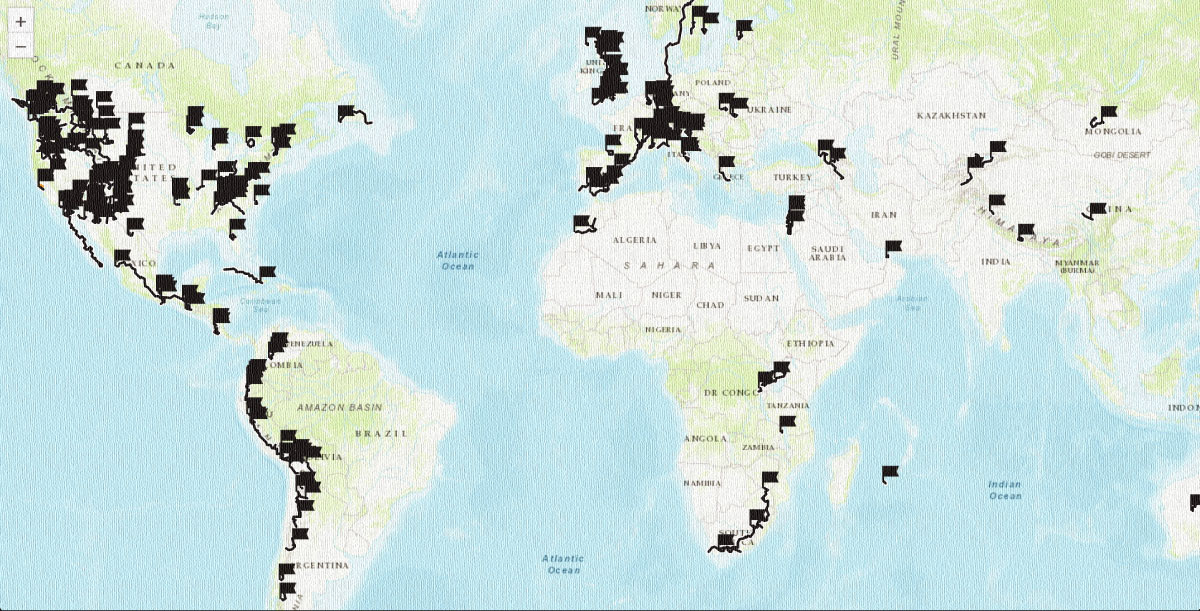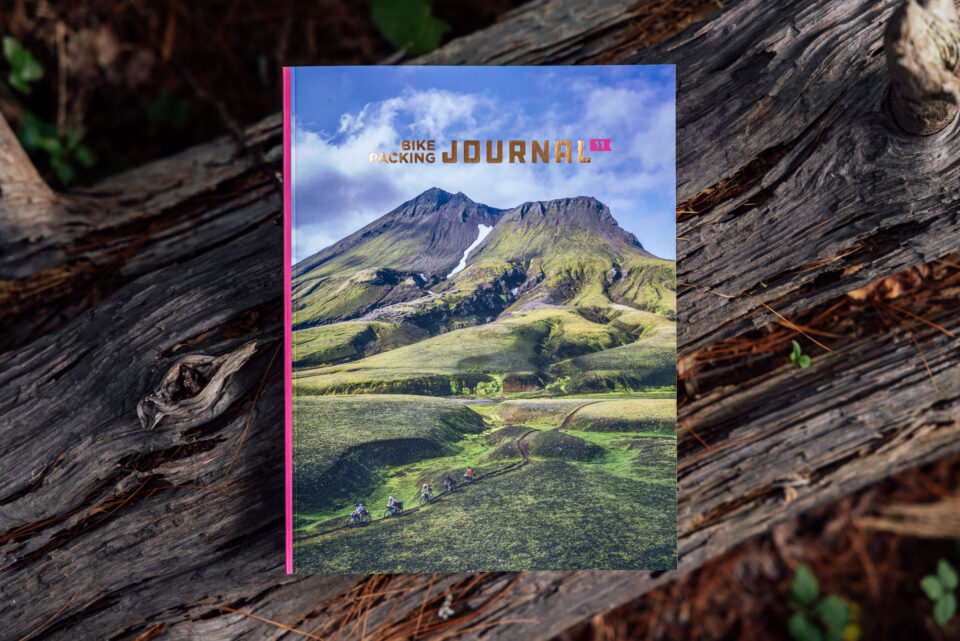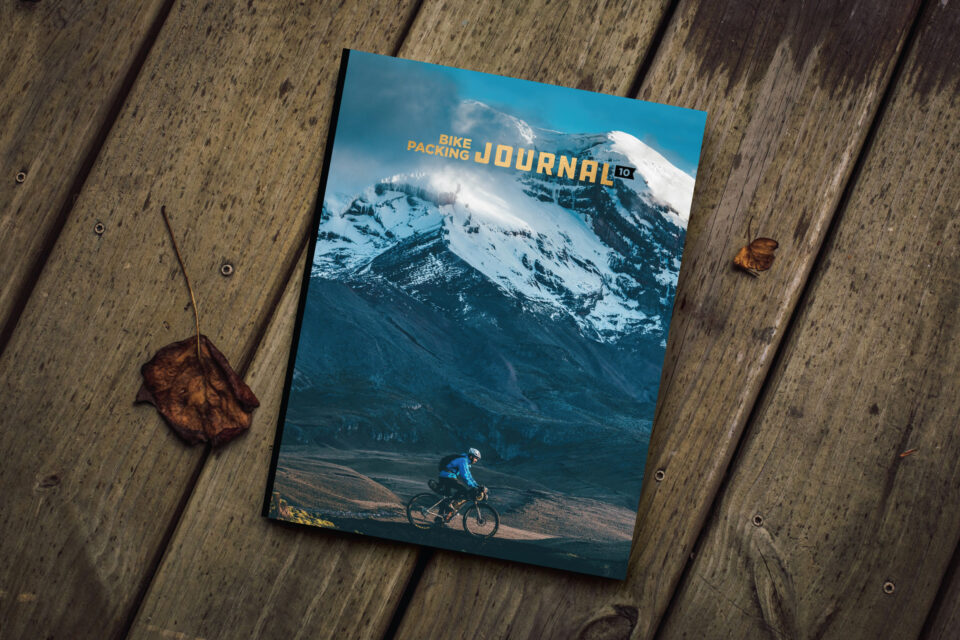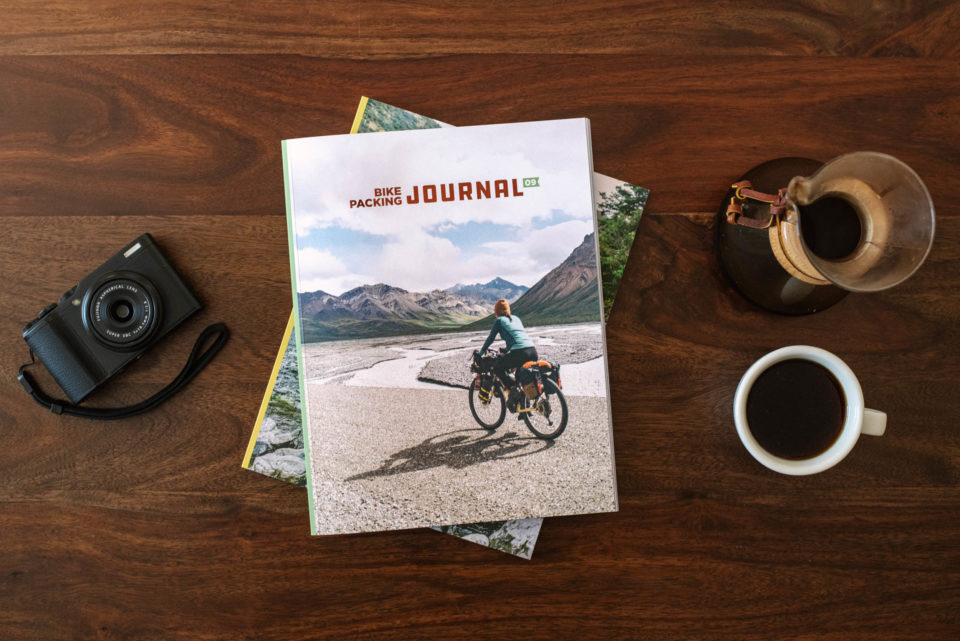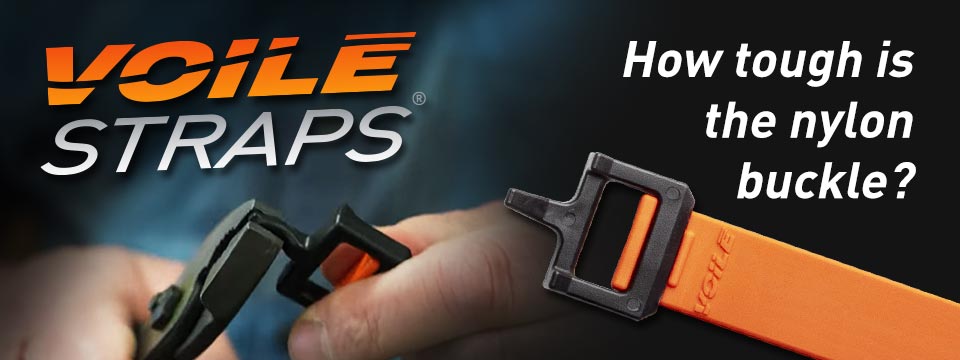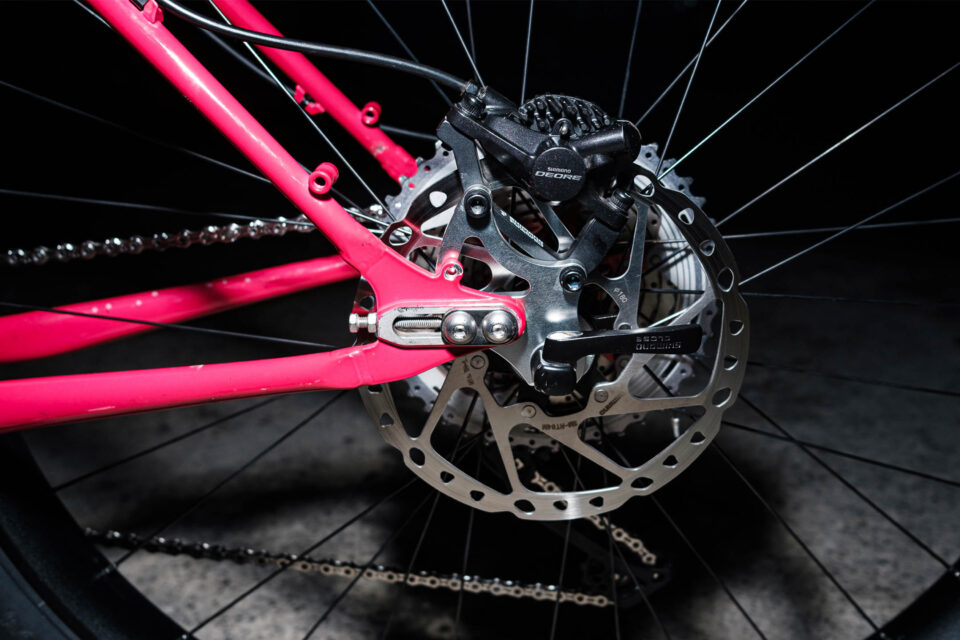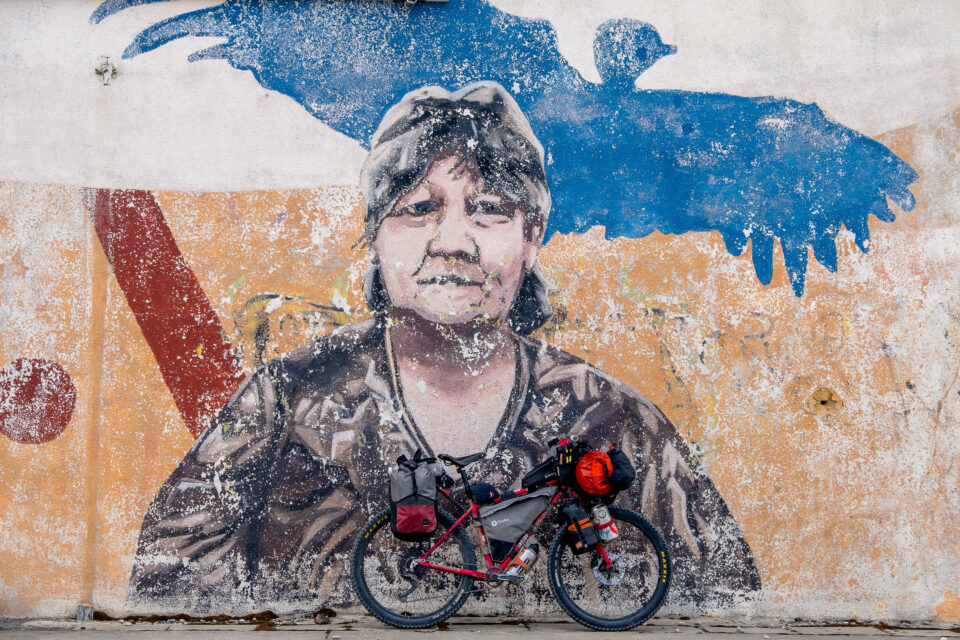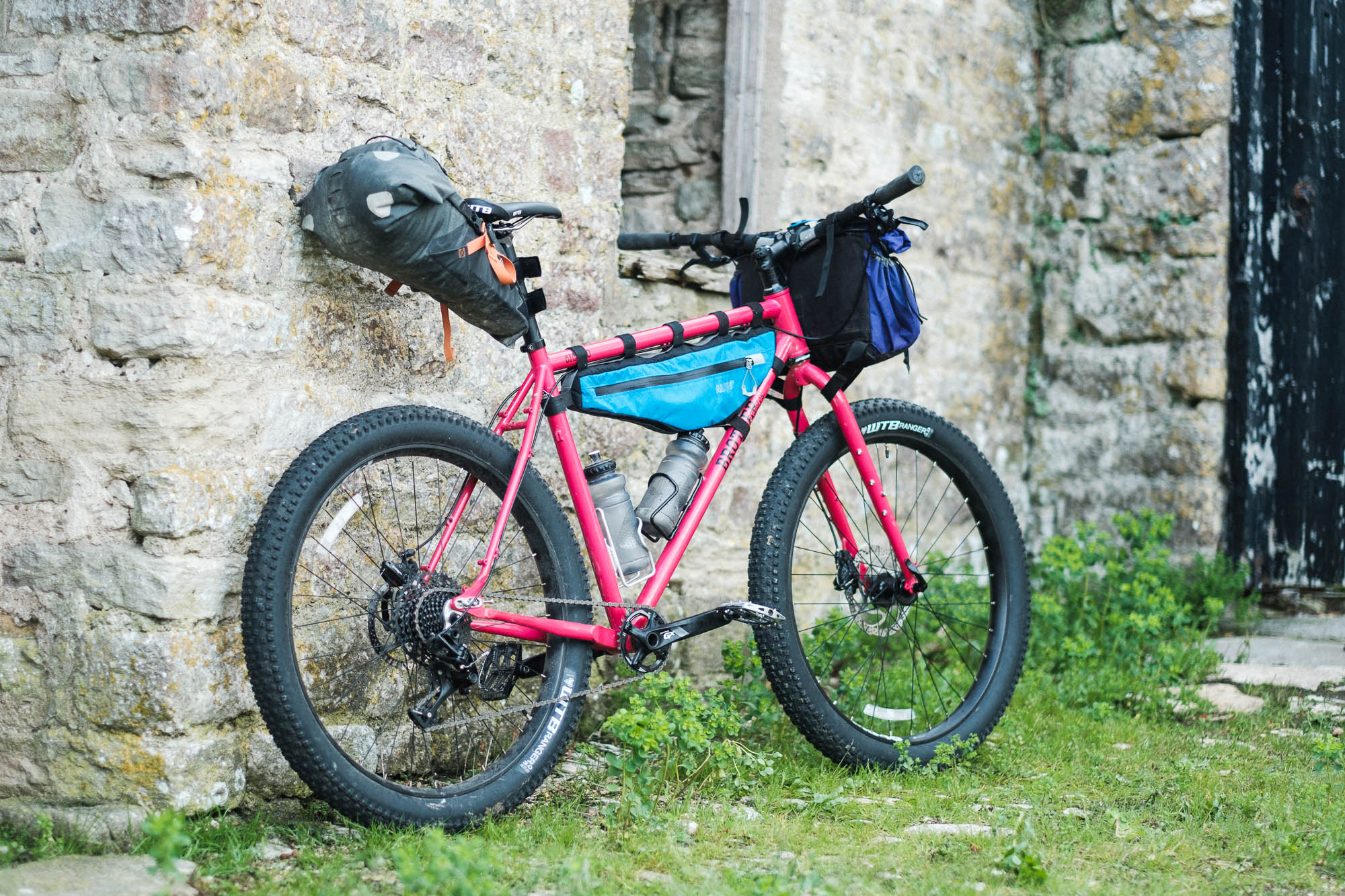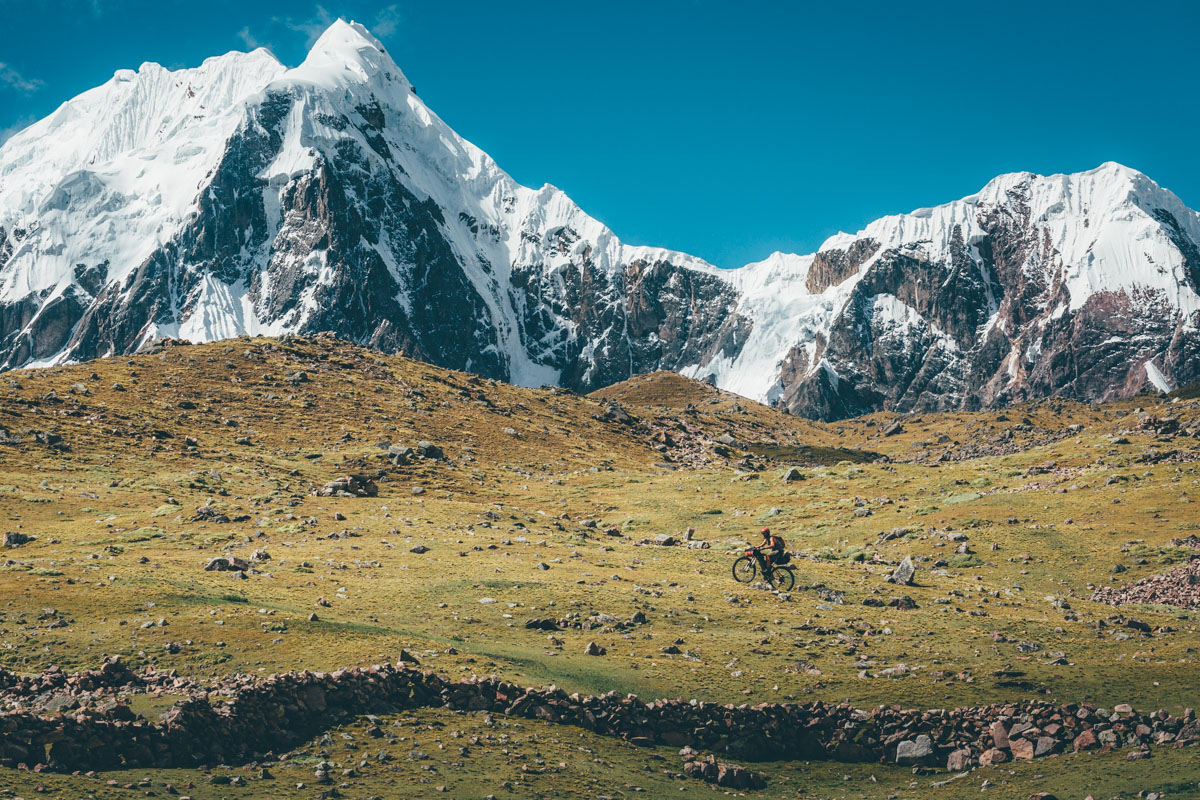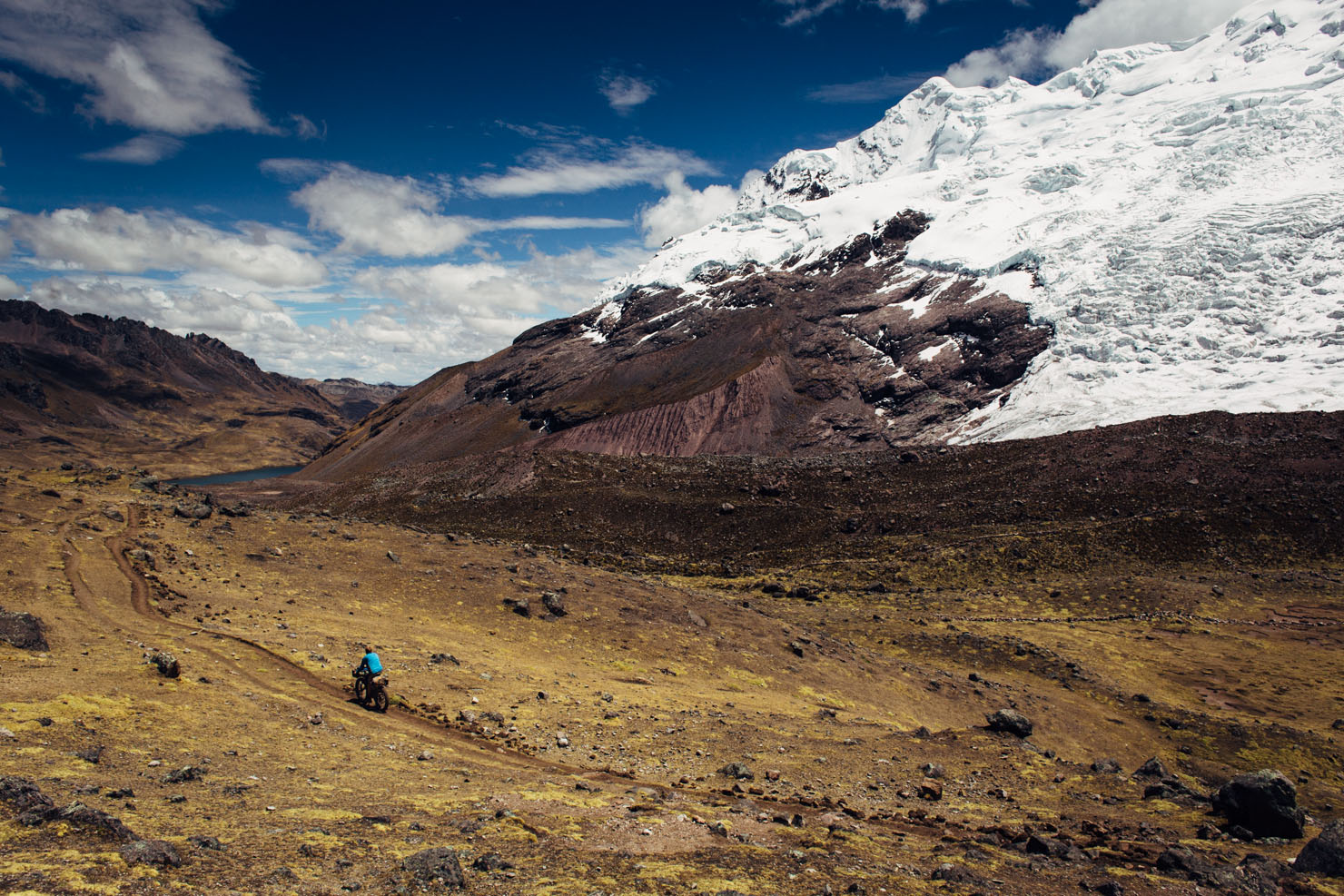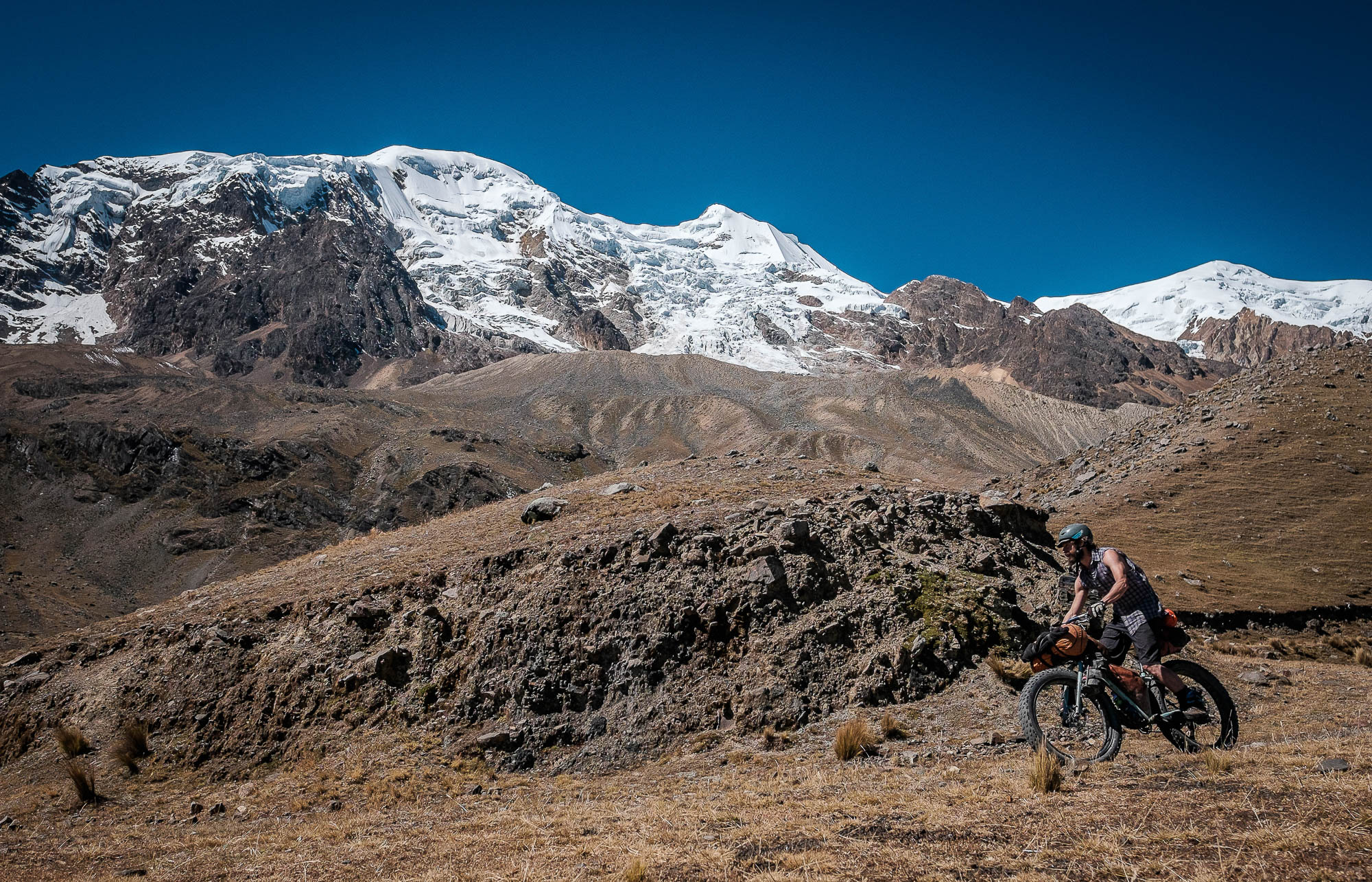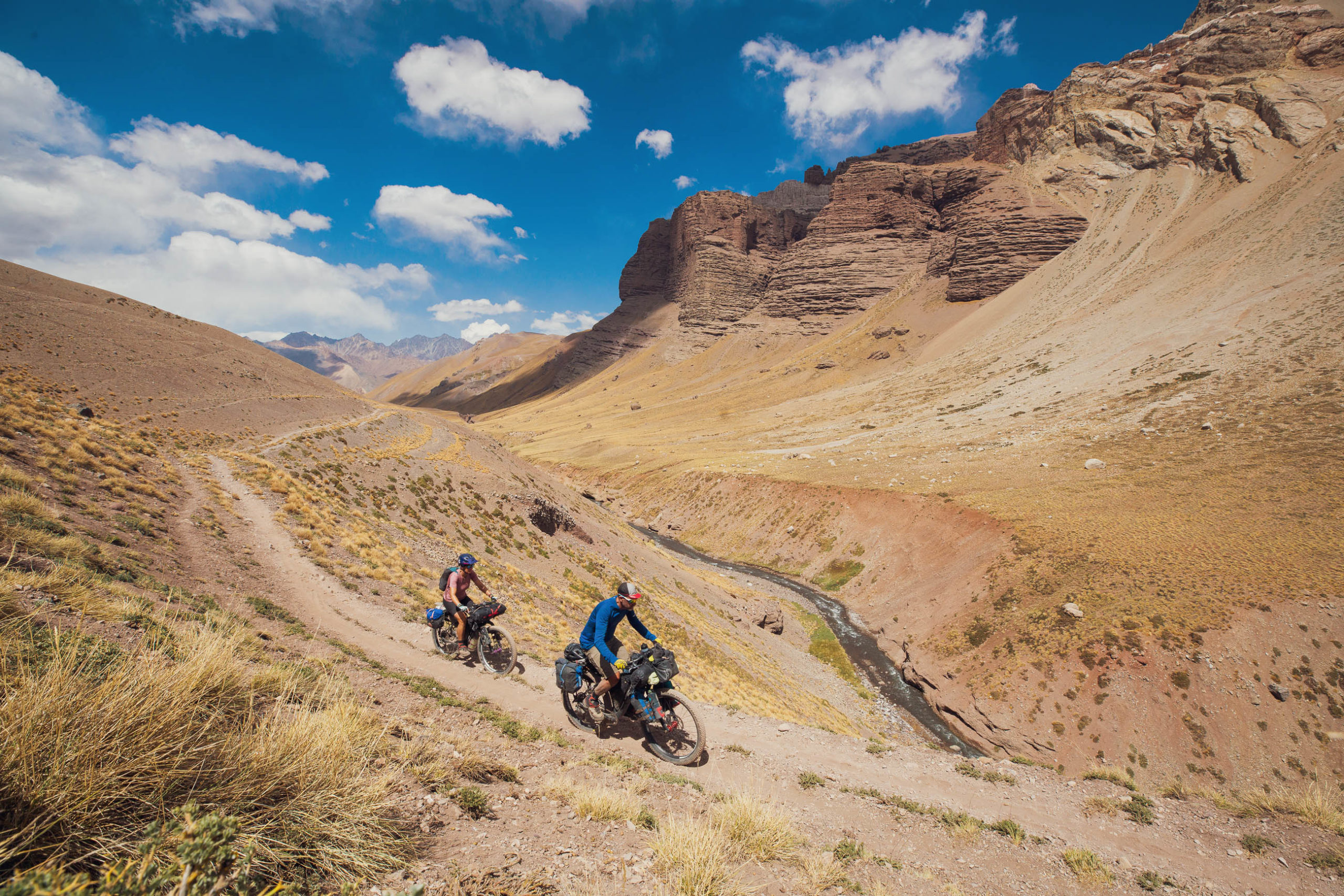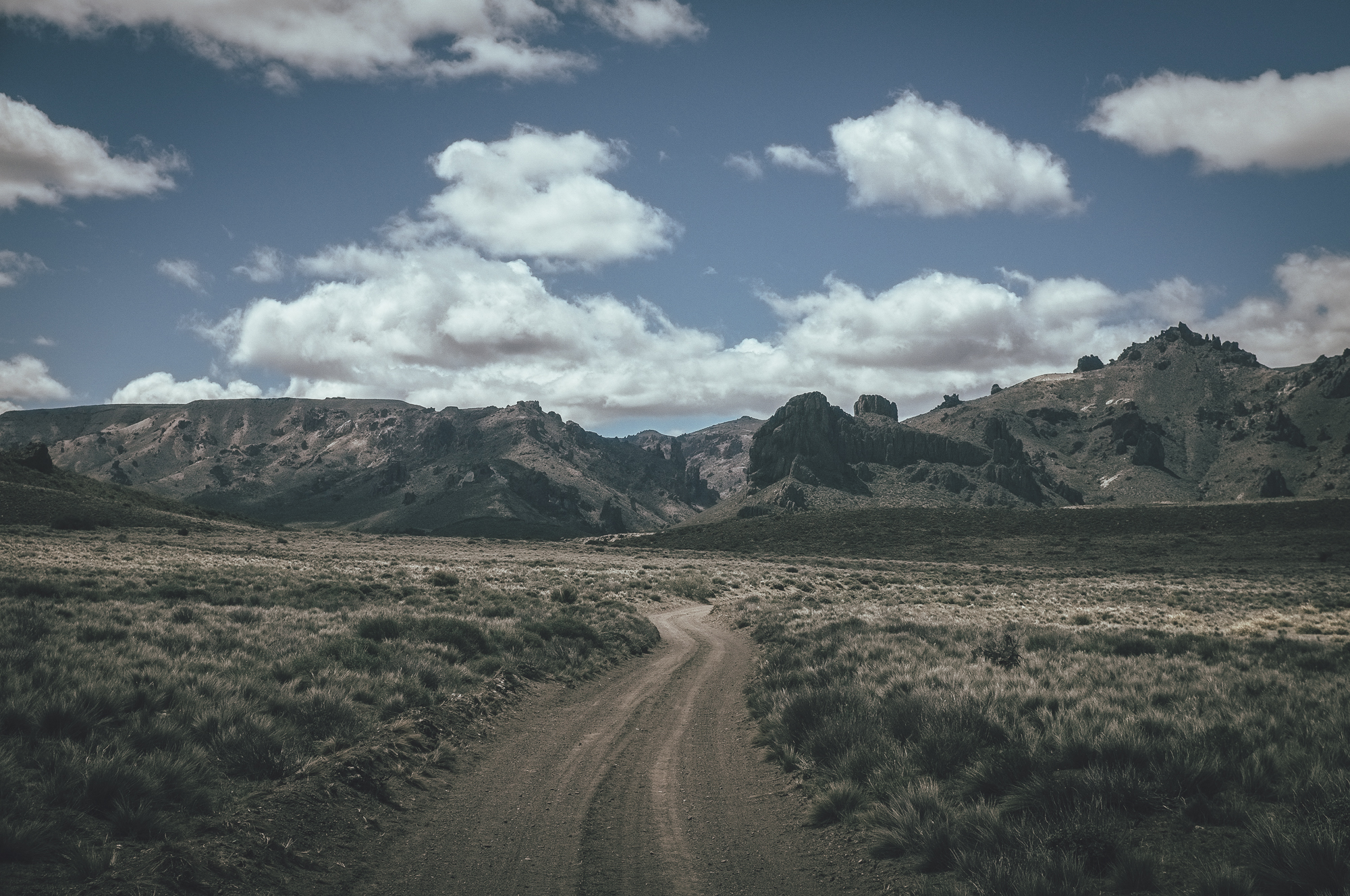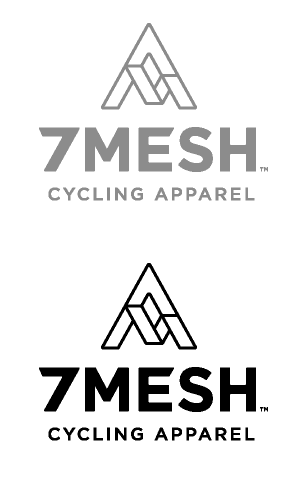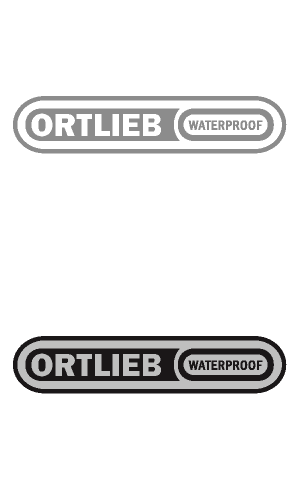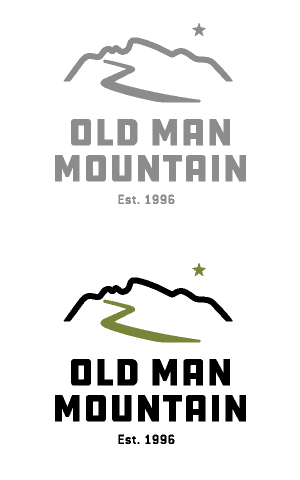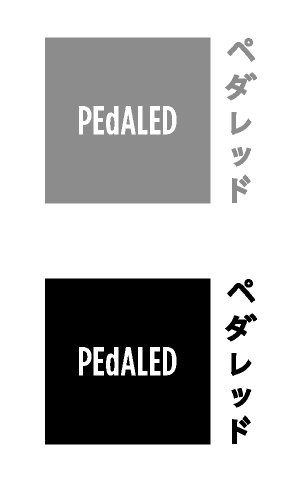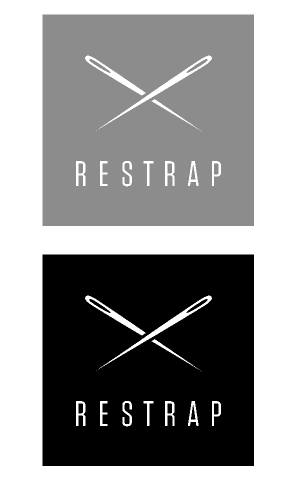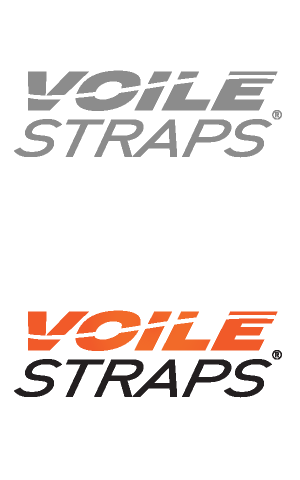Reader’s Rig: Jose Pacheco’s Brother Big Bro
In this feature edition of Reader’s Rig, we hear from Jose Pacheco in Colombia, who shares how a near-death experience led him to embark on a 7,300-kilometer bike trip from Peru to Chile aboard a Brother Cycles Big Bro. Learn more about his purpose-built Big Bro, the thoughtful collection of parts and bags he uses, and find photos from his travels here…
PUBLISHED Oct 25, 2024
Hello there! I am Jose Pacheco, from Colombia. Born in 1985, I grew up influenced by the South American spirit, like many others in my generation. At the time, the radio stations were largely broadcasting Spanish rock, which somehow created a feeling among young people that we all belonged to the same big nation: one that stretches along the world’s largest mountain range, the Andes.
I’ve been traveling through South America since I was young. Few things gave me as much joy as spending long hours on bus travels, always glued to the window, soaking in every detail that unfolded before my eyes. I enjoyed following the traces of the countless dirt roads winding through the rugged Andes. With each new place I experienced, no matter how remote or tiny, I had a strong sense that I was heading on the correct path. Life wanted me to be in South America, my happy place.

In 2004, during my first mountaineering trip to Nevado de Santa Isabel in the Central Andes of Colombia, I met an Argentine climber, Hernán Wilke. With blond hair, light eyes, and a red beard that reached halfway down his chest, he had cycled for two years from his hometown of Córdoba to Suesca, a rock cliff near Bogotá, where he eventually settled. That story seared in my mind and never faded. I felt truly inspired, and I dreamed of one day being free on a bicycle with my life packed into a few panniers.
Road Trippin’
Almost 15 years after that revealing encounter, I was shot during a robbery. For a few moments, I believed I was going to die. The memories of that night are harrowing, but the subsequent revelations were beautiful: if I could go back in time, I wouldn’t change anything. One of the most important reflections I had was that I still had many dreams to fulfill, one of them cycling South America.
I took advantage of the long months of healing to plan my return to life. I spent countless hours in front of the screen looking at maps, reading stories, reviewing equipment, and researching and learning about the myriad elements of a bicycle trip. Discovering BIKEPACKING.com was a game changer in the process, not only because of the incredible quantity and quality of information it provides but also because I realized there are people who bicycle travel as a professional, careful, and serious storytelling exercise. This motivated me to create Monteadentro, a bikepacking initiative to embrace adventure riding as a collective activity. Together with other friends, we began the project “Rodando Los Andes” with the goal of traversing the entire Andes mountain range using the least traveled roads and with as much self-sufficiency possible.
In 2019, after several months of recovery—and with the approval from doctors and my family’s blessing—four amigos and I embarked on a 7,300-kilometer adventure from Cusco, Peru, to Northern Patagonia, Chile. Our South American bikepacking journey began with an all-in adventure on the renowned Ruta de las Tres Cordilleras in southern Peru. I faced significant challenges because of my lack of experience and the toughness of the terrain, but my heart was full of delight. Those were the emotions I had been looking for.
The journey continued through the Bolivian highlands, leading us to the notorious Puna de Atacama. Here, we undertook the Seismiles Route, one of the most remote cycling itineraries in the Andes, which would later become a source of cherished memories for us. We crossed the Andes via the iconic Portillo and Piuquenes Pass (Ruta del Capitán Lemos) and traversed numerous trails through ancient Araucaria forests in Chile. Our trip was abruptly interrupted by the onset of the COVID-19 pandemic, which caught us in a small village along the Carretera Austral.
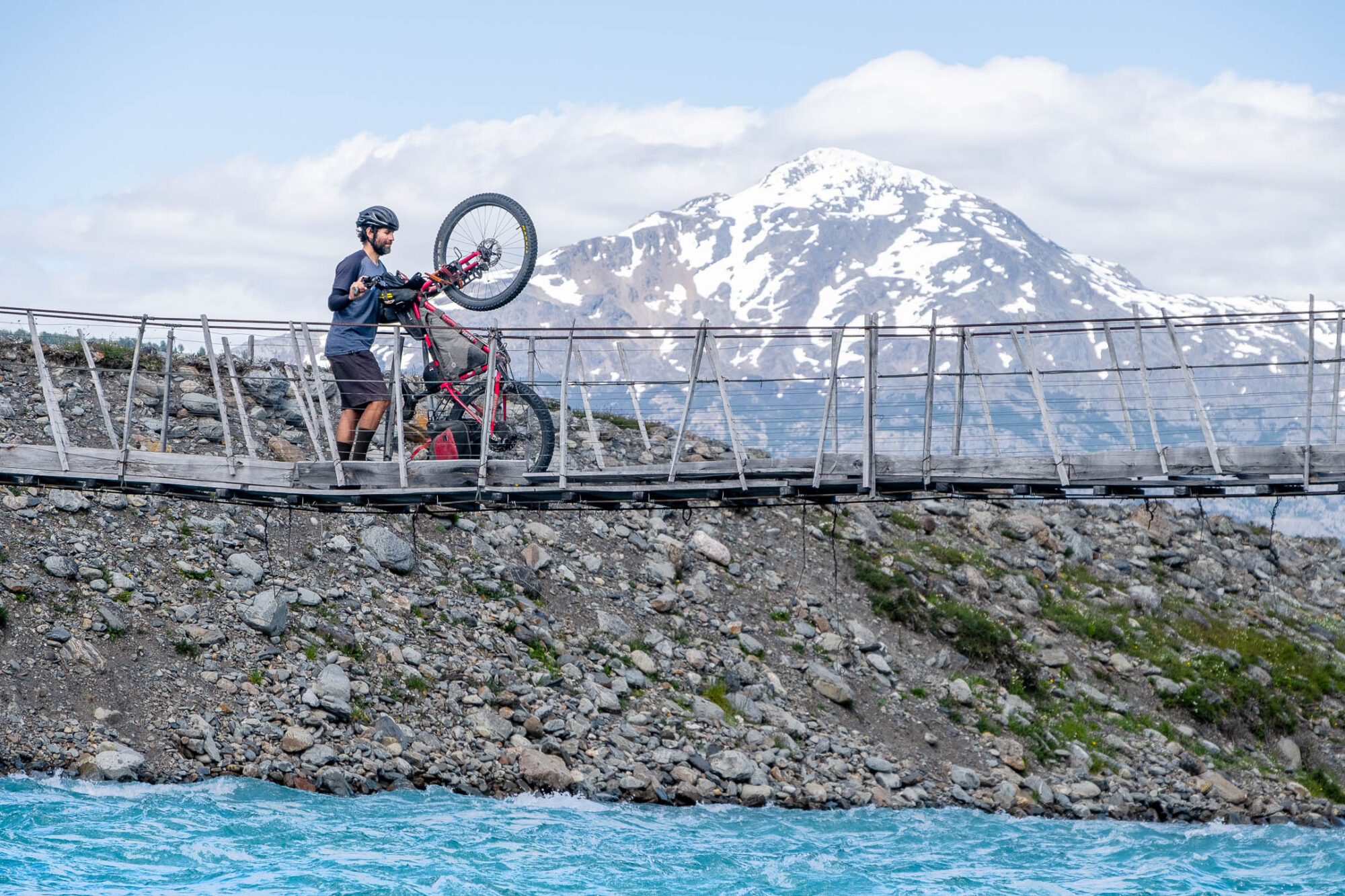
Four years later, in 2023, I returned to Patagonia with my partner Catalina, and we cycled 4,300 kilometers through the region. We completed some remote bikepacking itineraries, such as the Patagonia Beer Trail, Ruta 41 Sur, Paso del Río Mayer, and Ruta del Fin del Mundo. Continuing our adventure, we traveled through northern Chile and Argentina, spending about two months exploring the Puna de Atacama, undoubtedly one of the wildest and most spectacular places in the Andes. We were recently in Bolivia and feel eager to extend this adventure indefinitely.
The Bike
The ability to fit plus tires, mainly for the sandy roads of the Puna de Atacama, was the most important factor I considered when building my bike. However, there aren’t many frames available with this tire clearance. Coincidentally, a review of the Brother Big Bro had recently been published, and many features of the bike, such as the regular MTB geometry, rack mounts, universal 44 mm head tube, and the color, Raspberry Crisp, grabbed my interest. Although the manufacturer’s website showed no availability, I relied on my usual persistence and sent a desperate email to them. The Meyer brothers responded that they had one final Big Bro in stock at a London store at a discounted price.

Regarding the wheels, there are some things to share. I fitted the Maxxis Chronicle 3.0″ tires on WTB Scrapper i45 rims for my first trip of 2019. This configuration worked fine, allowing me to ride comfortably and cross large sandy sections with ease. However, when I pedaled in the easiest gear, the chain rubbed against the tire. This became a serious issue when it rained since the chain collected all the dirt and muck from the tire and did not allow me to pedal. For the second trip in 2023, I set up Maxxis Rekon+ 2.8″ tires on WTB KOM Tough rims with a 35 mm internal width. This setup maintains the comfort of a wide tire and performs very well in the sand without the issue of chain rubbing. The 35mm rim width is ideal for fitting 2.8″ tires and also allows for the installation of narrower ones (2.2 to 2.4″). This is important in an emergency as it is very difficult to find plus tires in South America.
The saddle is the renowned Brooks B17 Champion Standard. I have found this saddle to be very comfortable for long-distance riding. However, it is a “live” component that changes its stiffness based on environmental conditions. In dry areas like Puna de Atacama, the leather dehydrates, and the stress increases. When applying moisturizer, the saddle loses tension and needs to be adjusted again. I learned that carrying the manufacturer’s tool and lubricating the tension screw on a regular basis is a good idea for long-distance trips.
For ergonomics in the cockpit, I choose the Salsa Bend Deluxe 23-degree setback handlebars and the popular Ergon GP1 grips featuring a hand rest fin. This setup has been astoundingly comfortable for me and is a good happy medium between long-distance touring and regular mountain biking.

The drivetrain has an 11-speed rear derailleur and a single chainring up front. The cranks are Race Face Aefect 28T with Sunrace 11-46T cassette. The shifters are Shimano Deore XT. These components have performed well for 20,000 kilometers. The system is quite similar to the People’s Liberation Drivetrain. I change the chain every 2,500 kilometers, so I may use up to four chains on the same cassette. The brakes are hydraulic, Shimano Deore M6000. Pairing Ice Tech pads with 180mm rotors has shown to be long-lasting, with no replacements required until kilometer 5,000. I know how crucial it is to keep the oil clean on the lines, so I bleed them about every 7,000 kilometers.
The Bags
Given my affection for rough terrain and the fact that long descents in poor condition are frequent in the Andes, keeping the bags’ vibration and rattle to a minimum is ideal.
I have the Revelate Designs Harness on the handlebars and a 22-liter drybag. The Harness fits nicely with Revelate’s Egress Pocket; this combo is hard to beat. The framebag is custom-made by the Chilean brand Choike. I carry a tiny laptop for photography and blogging, so I chose Rockgeist’s Microwave Panniers, which have the perfect shape for this equipment. These are mounted on a Tubus Vega rack. Small panniers are also great for carrying delicate food such as bread or fruit. On the fork, I have two dry bags and two cages for water and fuel bottles.

The Revelate JerryCan, which I use to carry all of my tools, is part of the accessory bags; although it doesn’t look like it could hold so much, it was a perfect last-minute addition and a super useful bag. In the cockpit, I have the Revelate Gas Tank, the Wanderlust RattleSnake, and a homemade drybag-shaped bag that has been quite handy due to its large volume and waterproof X-Pac material. Finally, I rely on the Pack Norwest fanny pack to carry my camera (Fuji XT-3, 18-135mm). I added seam grip to improve its waterproofing, and it has managed to weather multiple rainstorms.

The Build
- Frame/Fork: 2019 Brother Big Bro
- Rims: WTB Kom Tough i35
- Hubs: Shimano Deore
- Tires: Maxxis Reckon 2.8″
- Handlebars: Salsa Bend Deluxe 23°
- Headset: Cane Creek 40 ZS 44/EC 44
- Crankset: Race Face Aefect 28T
- Pedals: Shimano M 520
- Cassette: Sunrace 11-46T, 11-speed
- Derailleur(s): Shimano Deore XT
- Brakes: Shimano Deore M6100
- Shifter(s): Shimano Deore XT
- Saddle: Brooks B17
- Seatpost: Salsa Guide 30.9mm
- Stem: Bontrager 80mm
- Front bags: Revelate Designs Harness + Egress
- Frame bags: Choike custom
- Rear bags: Rockgeist Microwave panniers
- Accessory bags: Revelate Designs GasTank + Jerry Can, Wanderlust Rattllesnake, Homemade bartender
- Rack: Tubus Vega
- Other accessories: Pack Northwest fanny pack
The Ethos
La Paulina, as I named this trusty bike that fills me with pride and love, is an extension of my body and soul; we rely on each other to travel further, experience the world, and grow. I carry my entire life in it, including my fondest memories and dreams. It is also my confidant, supporting and guiding me in moments of doubt and taking me on a trip when I am down. This rig reflects my commitment to overcoming challenging hurdles and motivates me to progress in all things.
Further Reading
Make sure to dig into these related articles for more info...
Please keep the conversation civil, constructive, and inclusive, or your comment will be removed.
